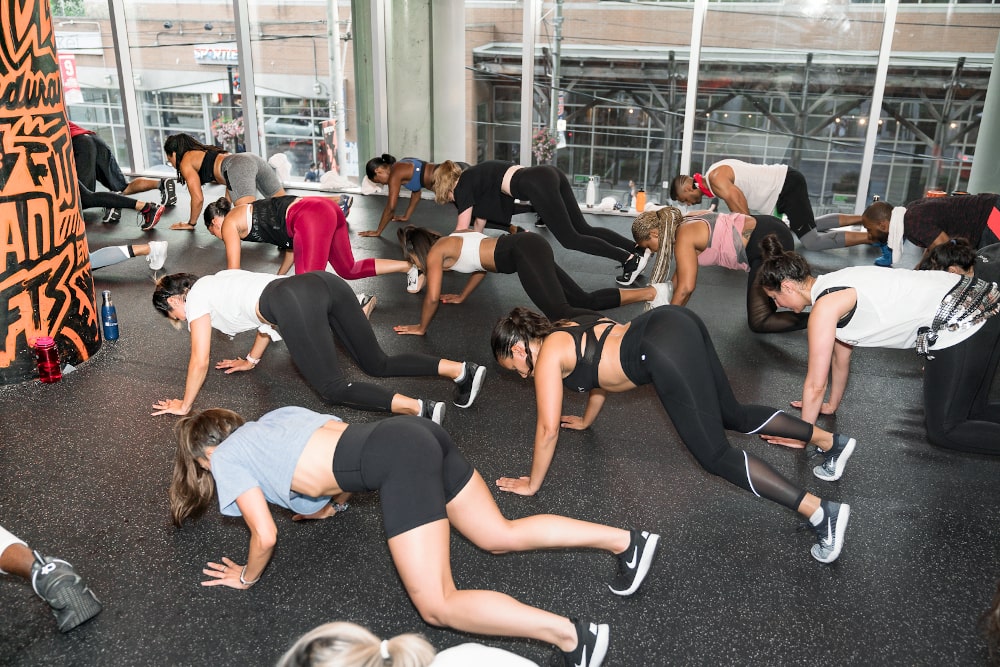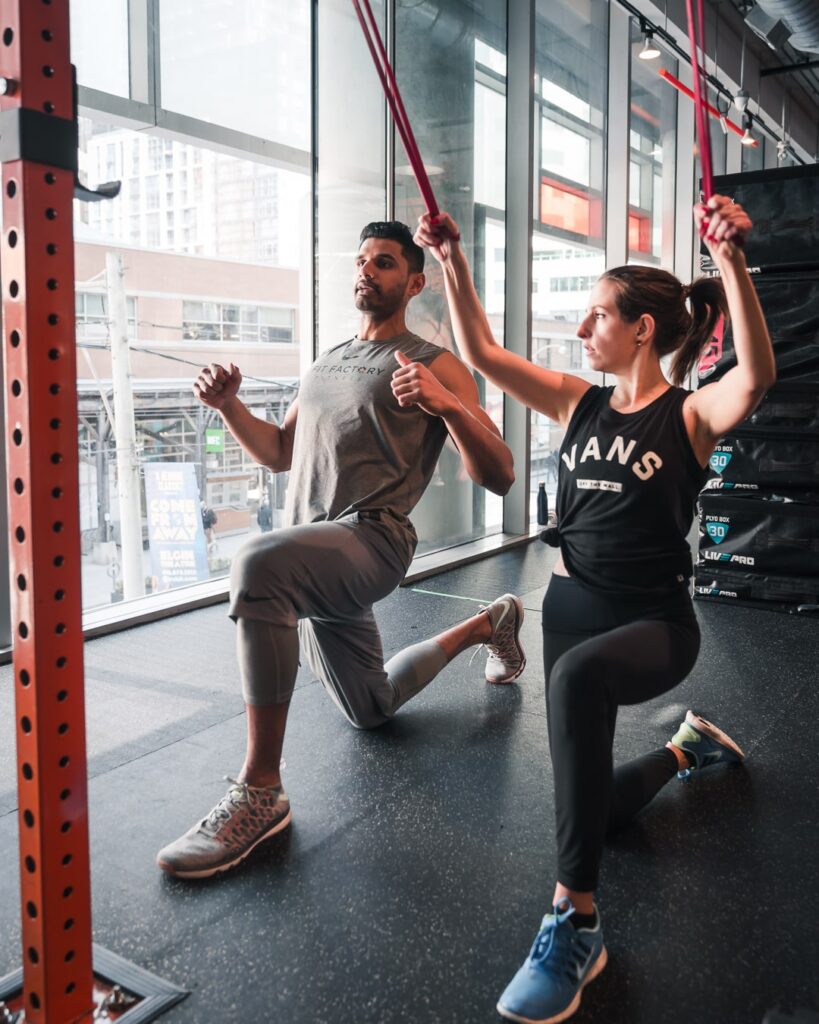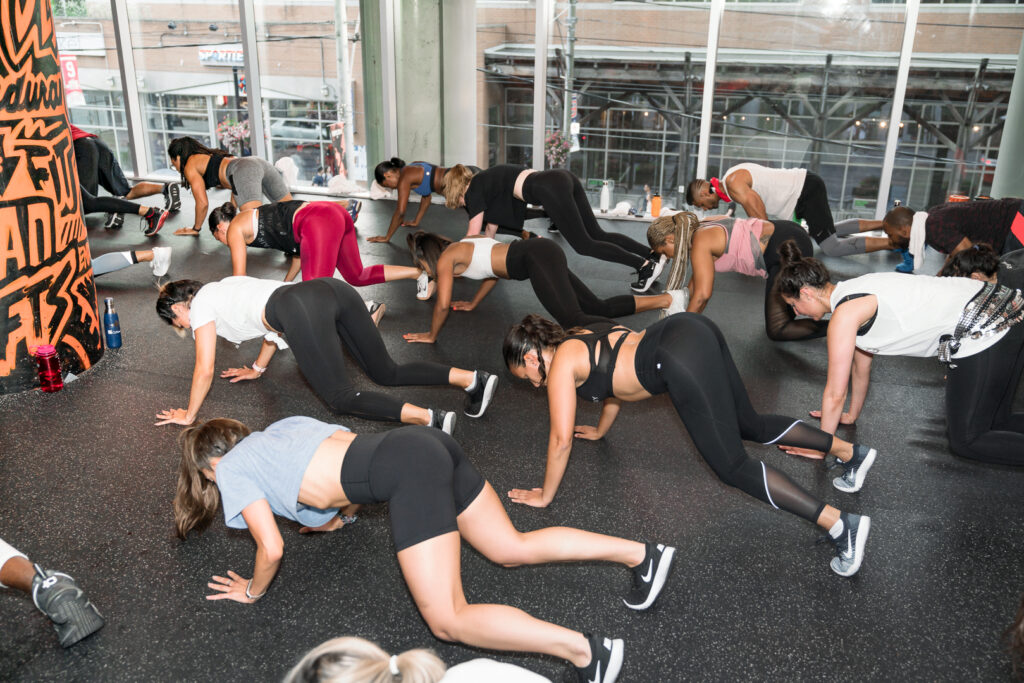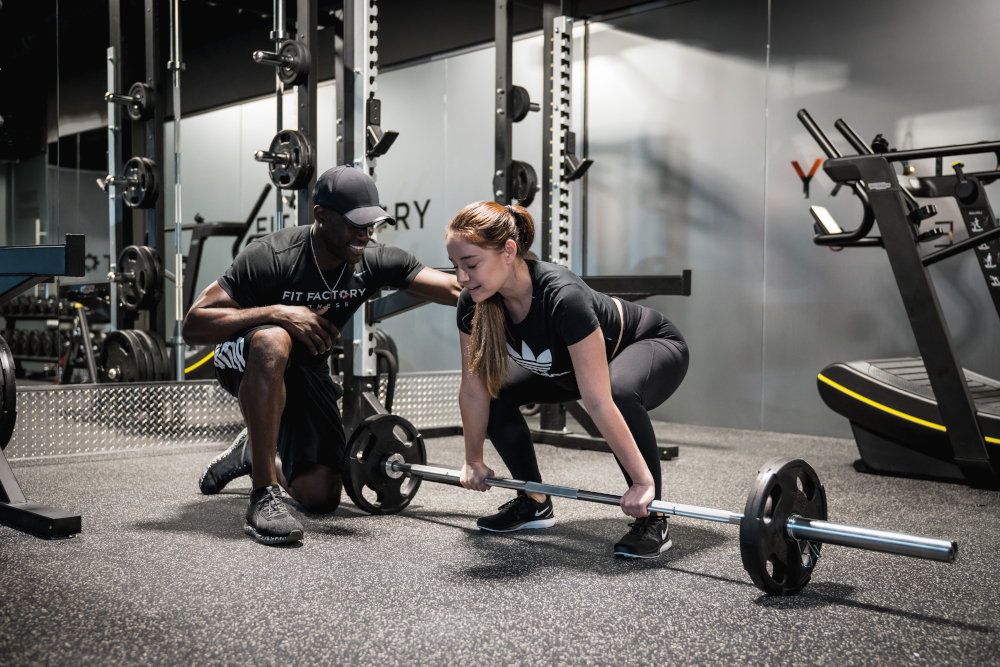Do you have a hankering to create a balanced workout routine that can make your fat bid you farewell, the number on the scales drop, and your strength skyrocket? Entrust your physical and overall fitness to a balanced workout routine and you will be sorted!
If you want to lose fat rapidly, or gain muscles but don’t want to compromise your muscle recovery and overall strength, it’s time for you to explore a balanced workout plan. You ask why? Well, it’s because no one kind of exercise can ensure your overall fitness. In fact, sticking to any one type of exercise and doing it rigorously can cause you more damage than good. Think sore muscles and aching injuries!
No wonder Canadian Physical Activity Guidelines suggest that adults above the age of eighteen must engage in at least 150 minutes of modest to vigorous-intensity exercise on a weekly basis and employ a good mix of muscle-building and bone-strengthening exercises among others, too. Want to know how you can create a balanced workout routine for yourself and achieve your fitness goals seamlessly? This article will tell you that in six simple steps, just read along.
1. First Up, Assess Your Fitness Goals
If you want to create a results-driven gym exercise plan, ask yourself what is it you truly want from your fitness routine. What’s driving you to work out except the basic fitness idea? Is it fat loss, is it muscle building, or is it improving your cardiovascular health? Once you have your goals clear in your mind, you can opt for approaches that address these goals.
For instance, cardio will amp up your endurance while weight training will build your muscles and each will require a different balancing approach for you to avoid injuries.
2. Get the Hang of Components of a Balanced Workout
After you are done thinking about and deciding on your fitness goals, next understand the different components that can qualify your gym routine as a balanced one. Here they are:
Strength Training
The name must have made it clear to you; strength training is all about building your strength by increasing your muscle mass, increasing your metabolism, and giving your overall muscle and joint health a much-needed boost.
Example Exercises for You
- Weight lifting (You can do things like bench press, deadlifts, etc.)
- Bodyweight exercises (You can go for push-ups, lunges, or squats and the like)
- Resistance band workouts

Cardiovascular Exercise
Cardio exercises have to do with exercises that get your heart pumping fast and you gasp for breath but all in your good interest. These exercises are surefire ways to get rid of your extra calories instantly and improve your heart health in the long run.
Example Exercises for You
- Running
- Jogging (Outdoor or stationary one)
- Cycling
- Swimming
- Dancing
Flexibility and Stretching
After you have or before you put some pressure on your muscles and go for a full-body training routine, you need to keep a tab on your flexibility and stretching abilities. Why so? Because flexibility training and stretching exercises can reduce your risk of injury significantly and increase your range of motion too, basically make it a win-win situation for you!
Example Exercises for You
- Yoga
- Static stretches (you can choose hamstring stretch, quadriceps stretch)
- Dynamic stretches (you can consider leg swings, arm circles, and the like)
3. Plan Your Workout Schedule
After you have developed an understanding of core components, move to planning your gym training schedule. Here’s all you need to consider while you are at it:
Frequency
Don’t work out every day of the week, your body needs rest too. Research suggests working for at least two days per week and maximizing it to five days at most for optimal results. You can find a balance between rest and workout days as per your liking and body’s needs.
Intensity
Understand how to gauge your workout intensity by using tools like heart rate monitors or RPE scales and aim for a workout routine with intensity ranging from moderate for everyday exercises to intense for exercises like HIIT (High-Intensity Interval Training) or cardio. The moderate for you will be 5-6 and the high intensity will be 7-9 on a scale of one to ten.
Adjust your intensity based on your level. If you are a beginner, begin with a low to moderate-intensity workout. If you are an expert, you can play around with moderate to high intensity exercises in your workout plan.
Variety
Incorporate different types of exercises to avoid plateaus and boredom while you work out. Here’s an example of a weekly workout split you can use with examples in brackets:
- Monday: Upper Body Strength (bench press, rows)
- Tuesday: Cardio (running or cycling)
- Wednesday: Lower Body Strength (squats, lunges)
- Thursday: Flexibility & Core (yoga or Pilates)
- Friday: Full Body Circuit Training
- Saturday: Rest
- Sunday: Rest or light activity (walking)
4. Design Your Workout Routine

Here’s how you can design your workout routine:
- Warm-Up
Warming up is important for your body if you want to lower the risk of injuries and prepare yourself for an effective workout. Want to increase your blood flow, raise your heart rate, and increase flexibility? Warm-up is the answer!
Example Warm-up Routine
You can get into some dynamic stretching and light cardio.
- Main Workout
This calls for you to structure your workout with strength, cardio, and flexibility components. Here’s some inspiration and you can pack in exercise in these as per your liking and goals:
Example Workout Plans for Different Levels:
| Beginner Level | Intermediate Level | Advanced Level |
| Strength Training (20 minutes) Cardio (15 minutes) Flexibility (5 minutes) | Strength Training (30 minutes) Cardio (20 minutes) Flexibility (10 minutes) | Strength Training (40 minutes) Cardio (30 minutes) Flexibility (10 minutes) |
- Cool-Down
Cooling down is also crucial if you want to keep the risks of injuries at bay and curtail post-workout fatigue. Cooling down helps with muscle soreness and increasing flexibility and is simple to follow:
Example Stretches and Techniques
You can cool down with static stretches, deep breathing exercises, and foam rolling.
5. Monitor and Adjust
Monitor how your workout routine is being effective for you. See if the numerical results you wanted are coming to life or not and make adjustments as needed. Also, factor in your strength and how well you are coping with the workout routine both during and after, and make some tweaks to supercharge your results.
6. Seek Professional Guidance
If you are just beginning with a new workout routine or want to address some very specific health and fitness goals, taking the help and benefit from the genius of experts in the field can make the process seamless for you. Here are some benefits you can get when you seek professional guidance:
- Tailor-made workout program
- More accountability
- Expert instruction
- Long-term success
Ready to Perfect Your Balanced Workout Routine with a Personal Trainer?
Partner with qualified and expert trainers from Fit Factory Fitness. They will help you combine different forms of exercises to make a perfectly balanced workout program for you and you will be able to unlock your full potential in no time. Get in touch with them today to book a class and realize your fitness goals!













